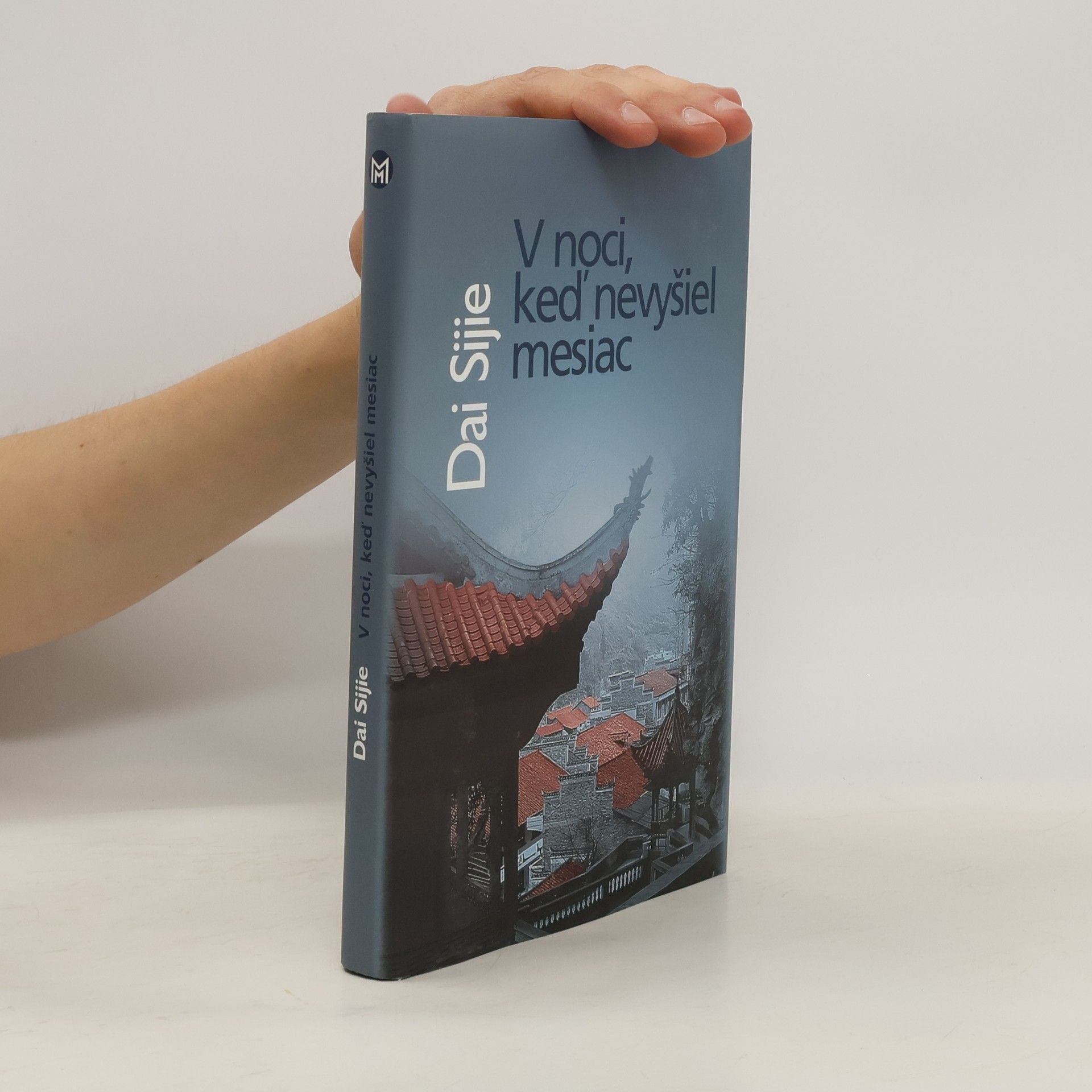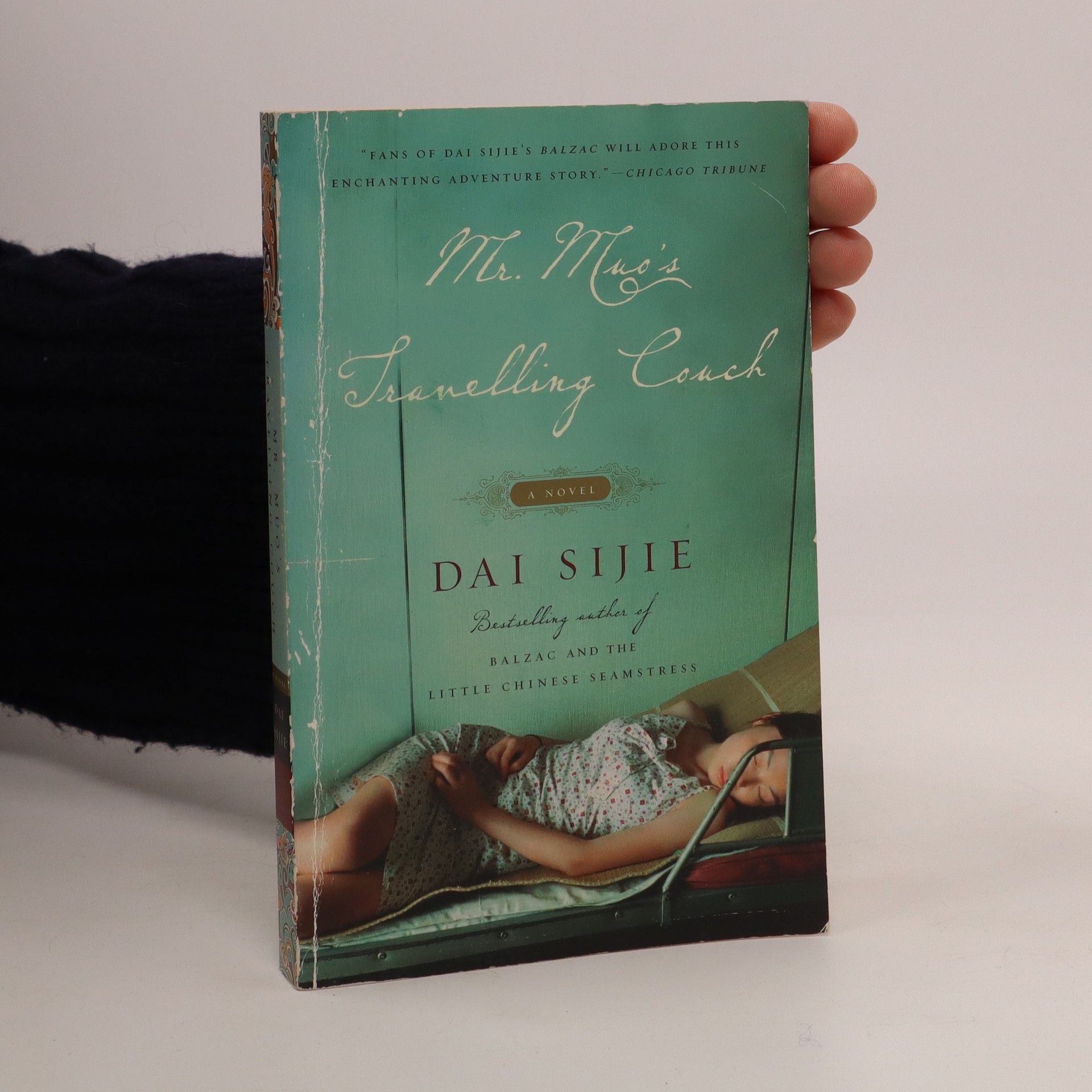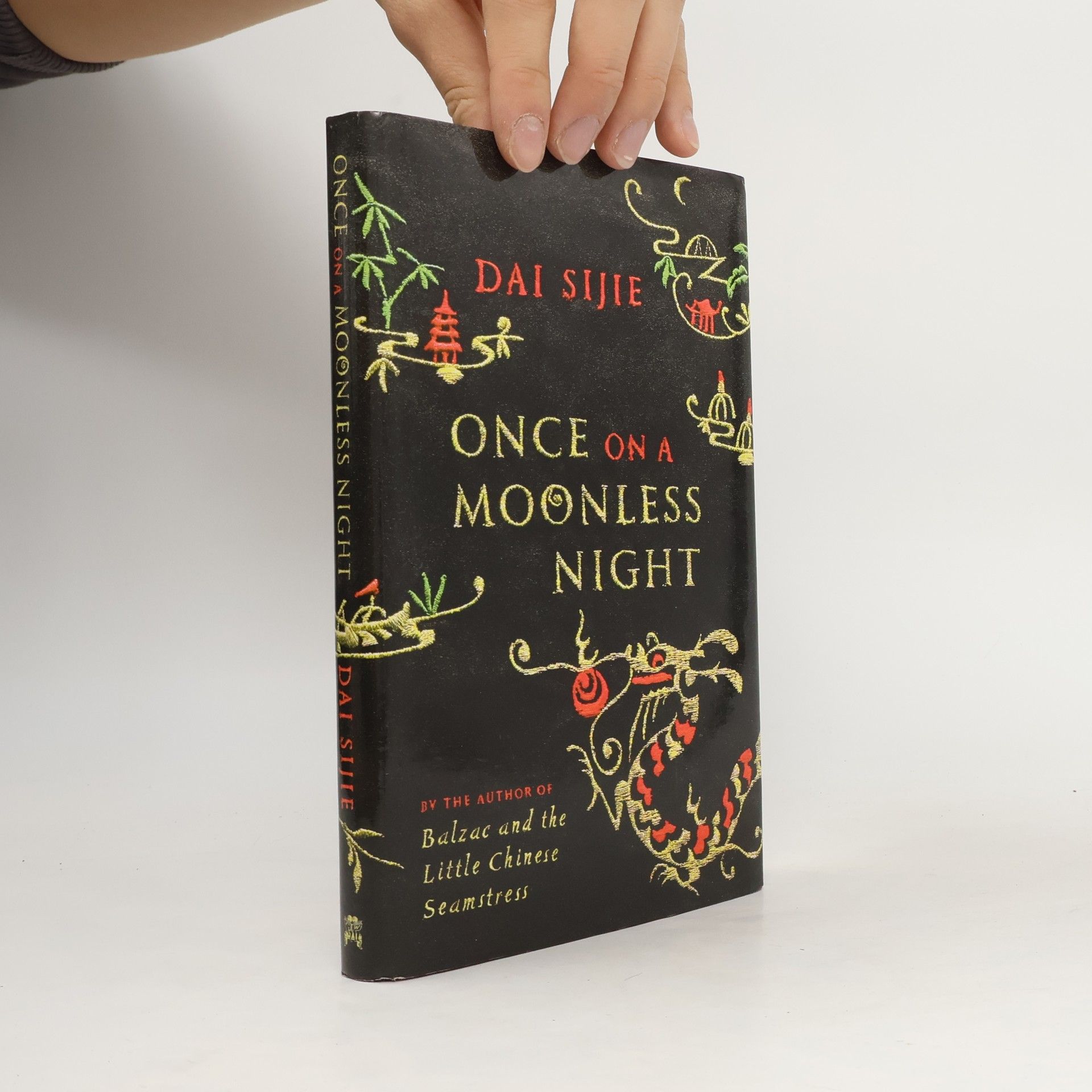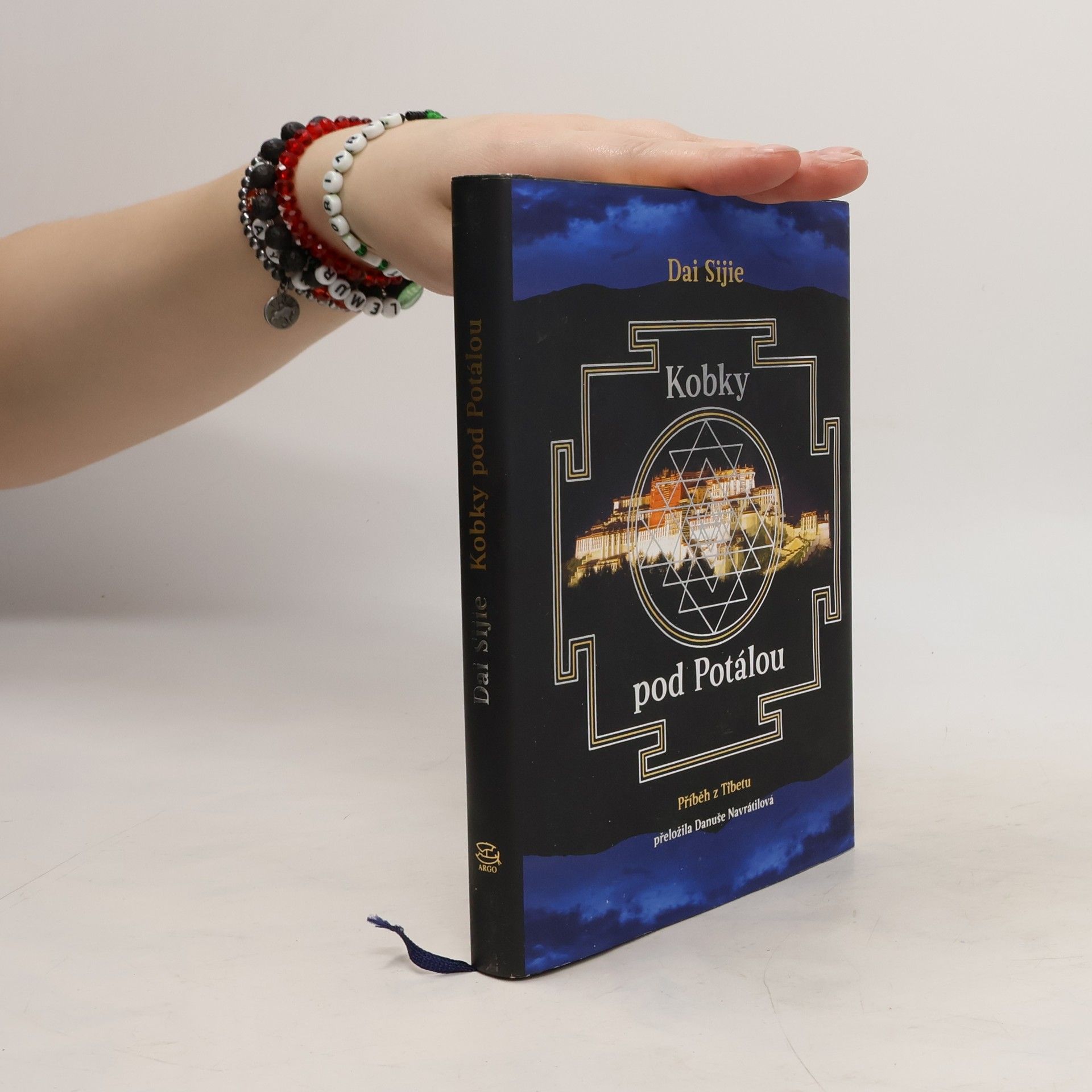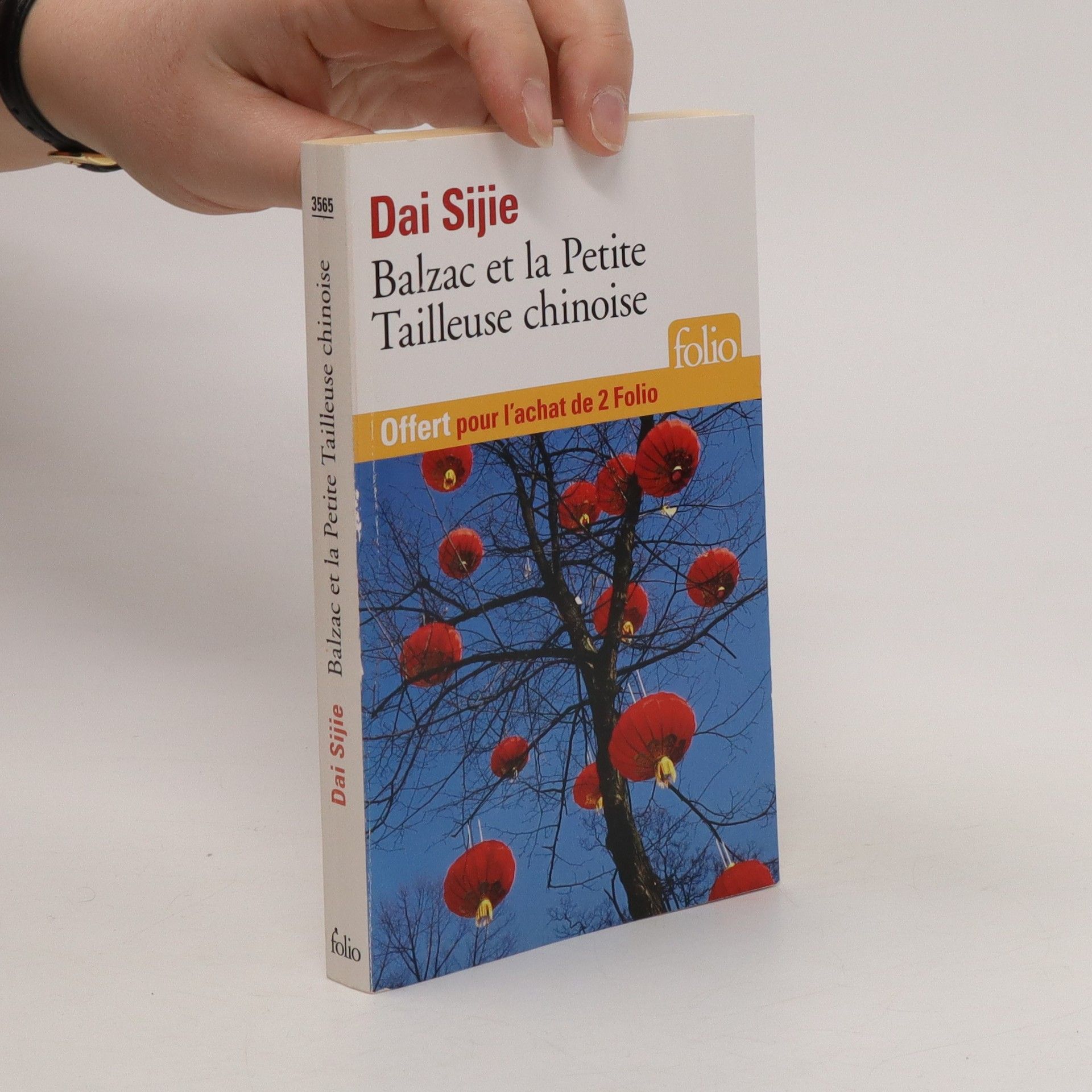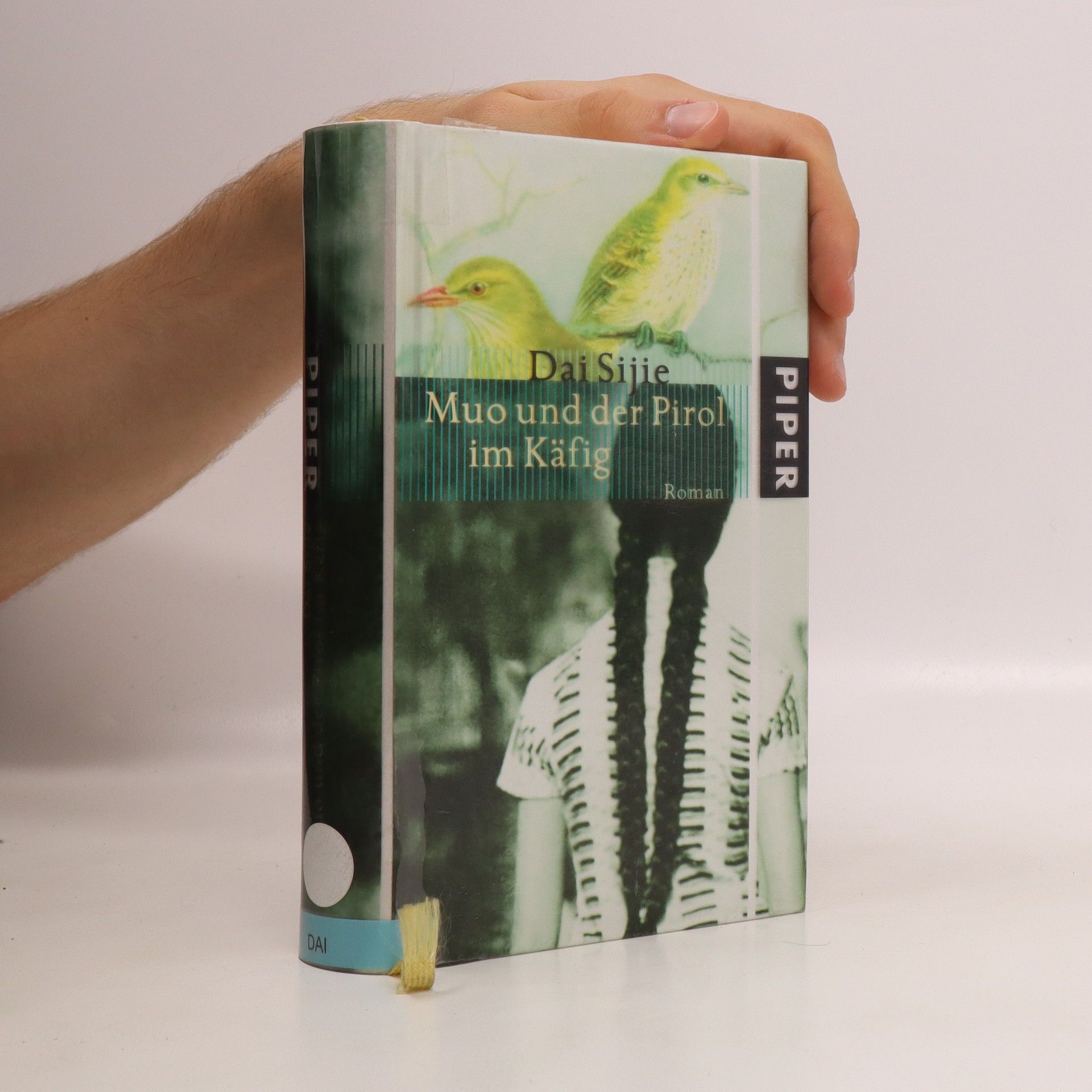Balzac y la joven costurera china
- 267 páginas
- 10 horas de lectura
En la China comunista de Mao Zedong, dos jóvenes amigos, hijos de ¿intelectuales¿, son enviados a una aldea campesina para su ¿reeducación¿, puesto que las costumbres de su medio son consideradas perniciosas y contaminantes para el régimen. Perdida en las montañas, la aldea y su lejanía son los recursos para que los amigos descubran una vocación con la que su castigo se hace más tolerable: se hacen contadores de historias. Entre los trabajos pesados y humillantes, el mejor descanso son los largos viajes que tienen que hacer a otras aldeas para ver las películas y luego poder contarlas al jefe de la aldea y a sus pobladores hasta el más mínimo detalle. Como buenos lectores que han sido, los amigos se ayudan con las historias leídas para atraer a su público y finalmente¿para cautivar a la joven costurera. En estas circunstancias la lectura se les hizo una necesidad y los libros se volvieron tesoros por los que se haría cualquier cosa, incluso robárselos, aunque con ello pusieran en riesg ...



